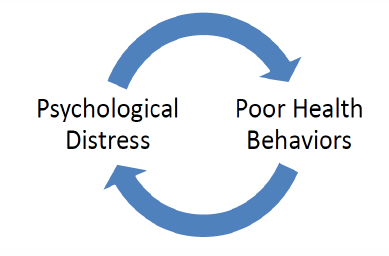#284 - Epidemic of Psychological Distress

References: Baxter, A. J., Scott, K. M., Ferrari, A. J., Norman, R. E., Vos, T., & Whiteford, H. A. (2014). Challenging the myth of an “epidemic” of common mental disorders: trends in the global prevalence of anxiety and depression between 1990 and 2010. Depression and Anxiety, 00, 1-11.
Written by Bethany Wellman, M.S.


 Give to Florida Tech
Give to Florida Tech 